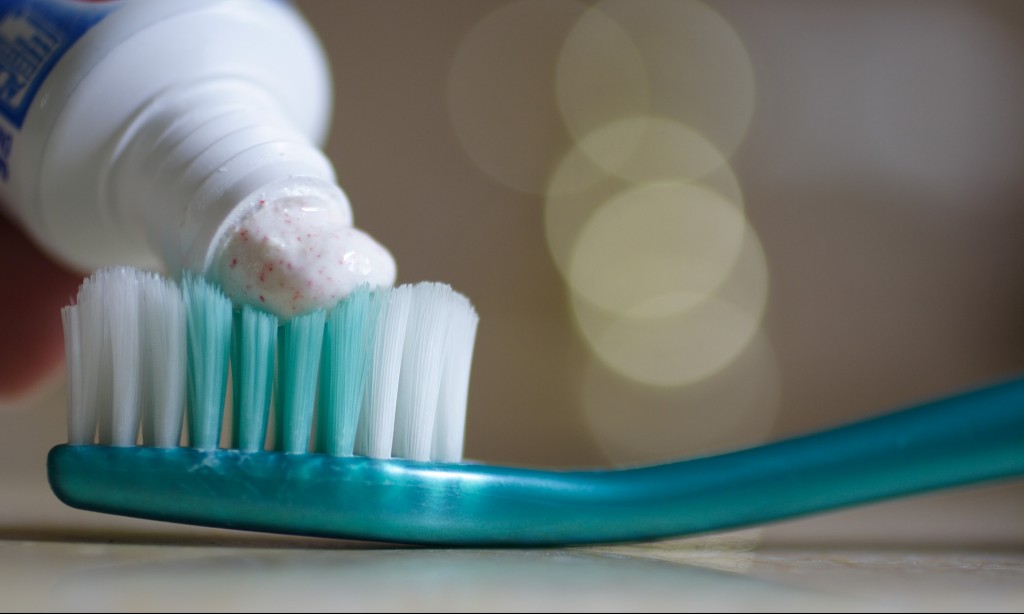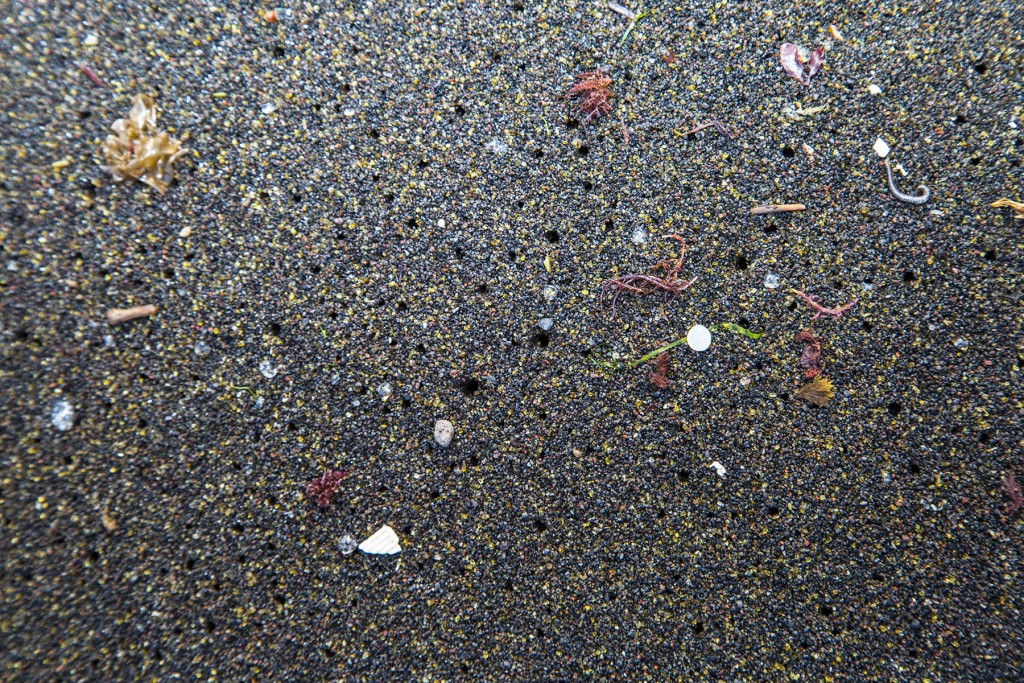Your toothpaste might have more in common with the Pacific garbage patch than you ever thought possible. Microbeads—tiny little particles of plastic that have a way of getting into everything—are often found in both places.

They’re used in many health and beauty products, including toothpastes and face washes, because they can help scrub surfaces clean. Unfortunately, once you spit out your toothpaste, or rinse off your face, they go right down the drain, and eventually end up in our oceans.
Once there, they are extremely difficult to get rid of. Microbeads, along with other small pieces of plastic, compose a large part of the garbage patches that have formed at five different gyres in our oceans.

They pose a threat to the fish and other wildlife that ingest them. While they may appear to these animals to be food, they provide no nutritional value, and can injure the animals directly, or release chemicals into their bodies over time. Studies have even shown evidence of these plastics showing up in fish sold for consumption on the U.S. market.
Today, California Governor Jerry Brown approved a measure that will ban the sale of products like toothpaste, face and body scrubs, and soaps that contain plastic microbeads. The law will go into effect on January 1, 2020.

Until then, it’s up to consumers to decide whether to leave these products on the shelf or take them home. If you’re wondering whether or not your products contain microbeads, just read the ingredients list. While microbeads won’t be listed directly, you might see polyethylene (the most common microbead ingredient), polypropylene, poly-e-terephthalate, or polymethyl methacrylate.
If you decide to avoid products with microbeads, you can find many alternatives that are still good at scrubbing your skin or teeth. You can find some alternative products listed here.
Do the products you use contain microbeads? How do you feel about the microbead ban? Share your thoughts with us on Facebook.